Why Hydro Energy is the Key to a Sustainable Future
Hydro energy is a clean, renewable energy source that has grown in popularity in recent years. As the globe continues to battle with the detrimental environmental effect of fossil fuels, discovering alternative energy sources is more crucial than ever. Hydro energy is one such option that has shown to be dependable, economical, and long-term.
It is impossible to stress the necessity of developing alternate energy sources. For decades, fossil fuels have been the dominant source of energy, but their harmful influence on the environment is becoming increasingly apparent. Fossil fuel combustion emits toxic greenhouse gases into the atmosphere, leading to climate change and other environmental issues. Hydro energy, on the other hand, is a clean and sustainable energy source that emits no harmful emissions.
One of the many benefits of hydro electricity is its dependability. Unlike solar and wind energy, which are affected by weather, hydro energy can be produced on a constant basis throughout the year. This makes it a more dependable source of energy, particularly in locations where the weather is unpredictable.
Another benefit of hydro electricity is its low cost. Once the infrastructure is in place, the cost of producing hydro electricity is quite inexpensive when compared to other energy sources. This makes it an appealing choice for countries seeking to lessen their reliance on fossil fuels while also lowering their energy prices.
Finally, hydro electricity is environmentally friendly. Water, in contrast to fossil fuels, is a renewable resource that can be renewed naturally. This indicates that hydropower may be produced eternally without diminishing natural resources.
Table of Contents
Understanding Hydro Energy
Hydro energy, also known as hydropower, is a sustainable energy source that generates electricity by harnessing the force of moving water. It is one of the oldest and most commonly used renewable energy sources, reaching back to ancient civilizations that used waterwheels to grind grain and power machines.
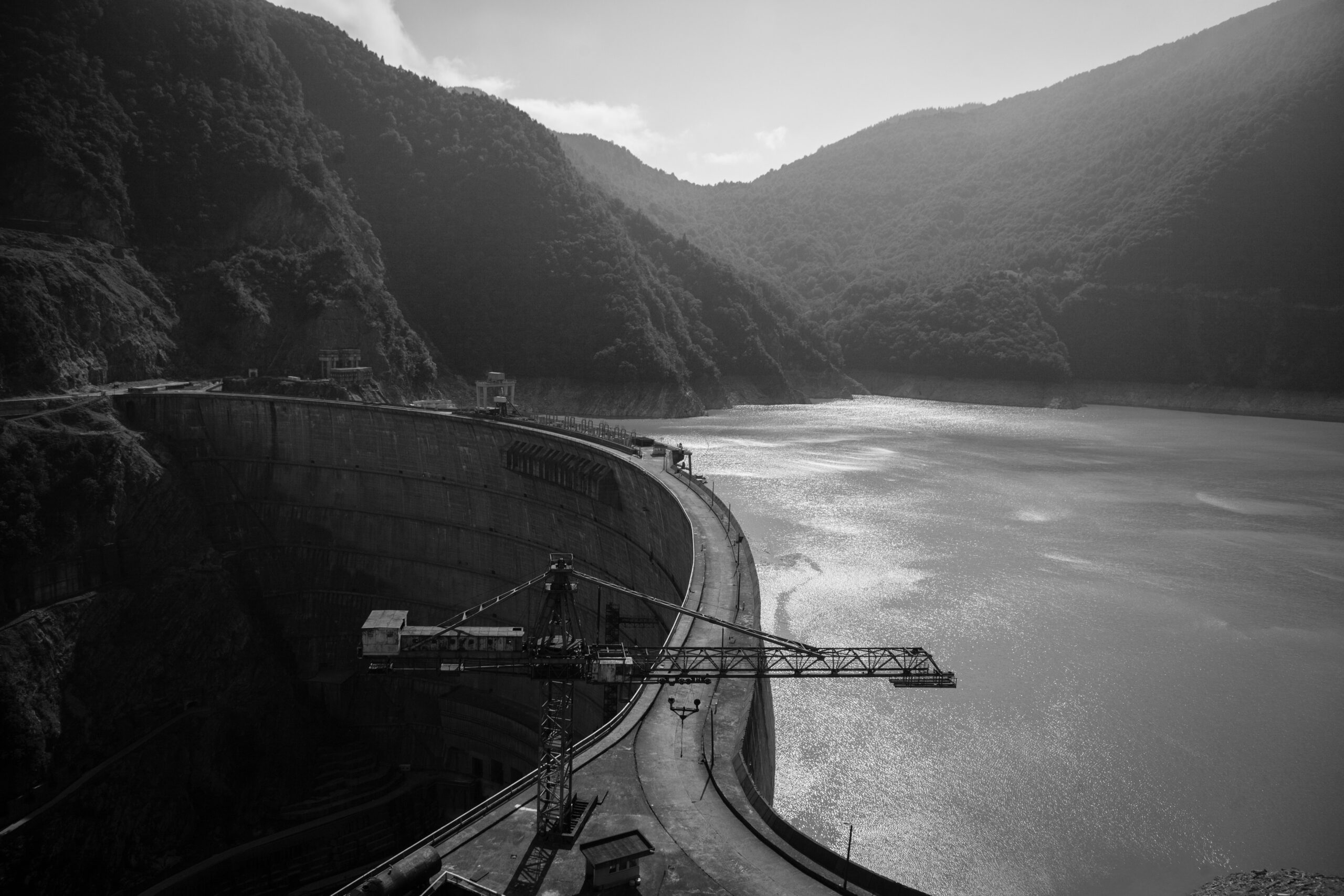
Creating Hydroelectric Power
The kinetic energy of falling or flowing water is used to move turbines, which then drive generators to produce electricity. The quantity of energy that may be created is determined by the volume, speed, and height of the water source.
Hydro Energy’s History
Waterwheels were utilized to power machines in early civilizations, and hydro energy has a long history. However, hydroelectric power facilities were not constructed until the late nineteenth century, with the first being erected in Wisconsin in 1882. Since then, hydro energy has grown to be a major source of electricity across the world.
Hydro Energy Types
There are three forms of hydroelectricity: impoundment, run-of-the-river, and pumped-storage. Impounded hydroelectricity entails building dams to create reservoirs that are subsequently utilized to generate energy. Run-of-the-river hydroelectricity, on the other hand, generates energy without the need of dams by utilizing the natural flow of rivers. Pumped-storage hydroelectricity includes raising water from a lower reservoir to a higher reservoir when demand is low and then releasing it to create energy when demand is high.
Leading Hydro Energy Producing Countries
China now produces the most hydro energy, followed by Canada, Brazil, and the United States. These countries, along with others like Russia and Norway, contribute significantly to world energy consumption through the use of hydro energy. Indeed, hydro energy provides for around 16% of global power output, making it a substantial renewable energy source.
The Advantages of Hydro Energy
Hydro electricity is a renewable energy source with various advantages. In this post, we will look at the primary benefits of hydro energy, such as its low cost, dependability, and adaptability.
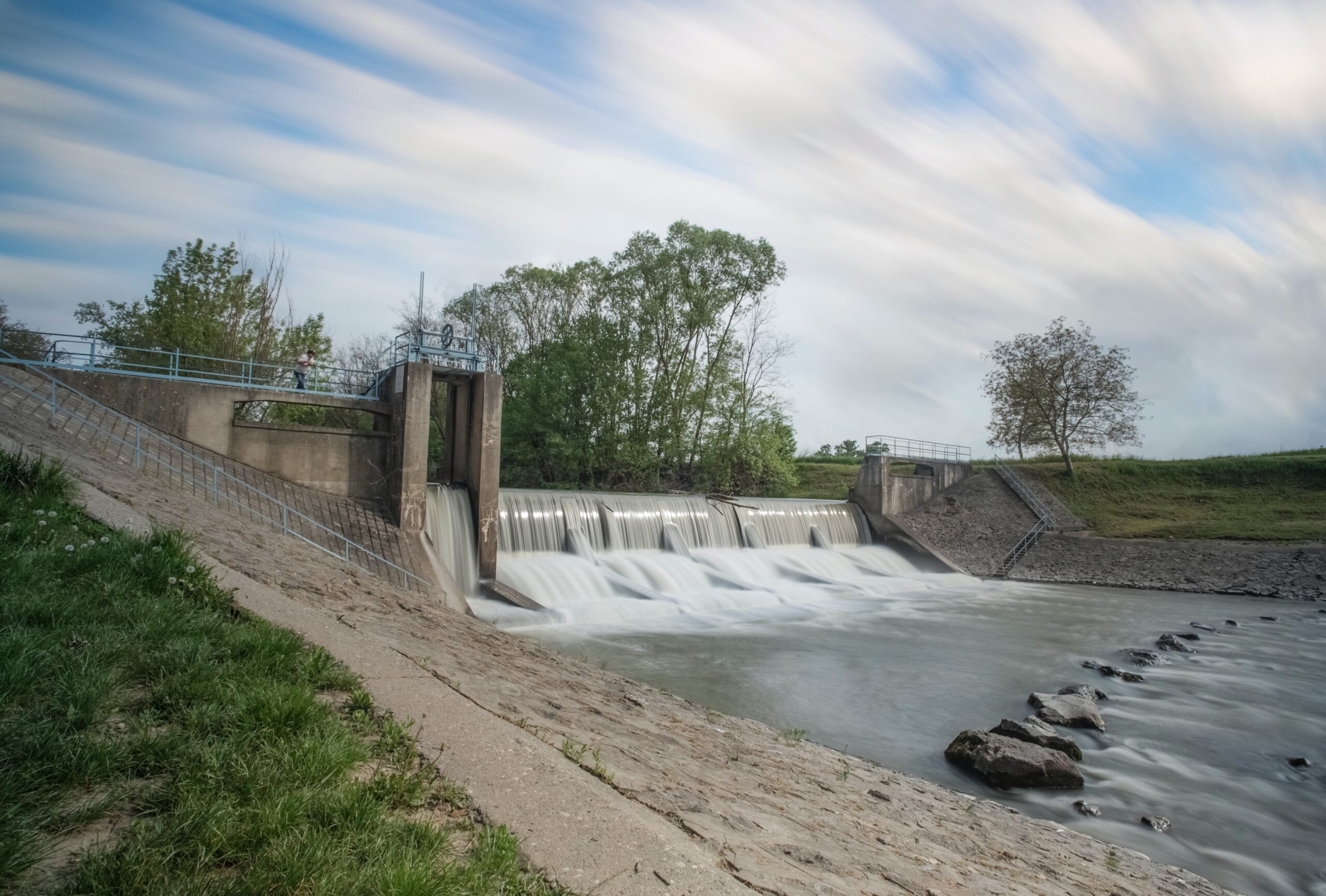
Affordability and dependability
Hydro electricity is one of the most cost-effective and dependable energy sources accessible today. In contrast to fossil fuels, which are vulnerable to price volatility and supply interruptions, hydro energy is derived from a consistent and predictable source – water. This implies that not only is hydro energy less expensive than fossil fuels, but it is also more reliable and predictable.
Carbon Emissions Reduction
Hydro energy is also a great approach to cut carbon emissions and create a brighter, cleaner future. Unlike fossil fuels, which emit damaging greenhouse gases into the environment, hydro energy is a clean, renewable energy source with no emissions. As a result, it is an excellent option for countries seeking to minimize their carbon footprint and battle climate change.
Bandwidth and Versatility
Another benefit of hydro energy is its adaptability and versatility. Hydro energy may be utilized for a variety of purposes, from powering houses to supplying electricity to large cities. It may also be utilized on a small scale to generate power, such as in isolated places or off-grid settlements.
Combating Energy Poverty
Finally, hydro energy is a significant instrument for alleviating energy poverty and driving economic progress in emerging nations. Many developing nations lack access to dependable and inexpensive energy sources, which can stymie economic progress and limit individuals’ options. Hydro energy may help bridge this gap by offering a dependable and cost-effective source of electricity for homes, schools, hospitals, and businesses.
In conclusion, hydro energy is a low-cost, dependable, and diverse energy source with various advantages. Hydro energy has the potential to play a crucial role in crafting a greener and more sustainable future, from decreasing carbon emissions to alleviating energy poverty.
The Challenges of Hydro Energy
Hydro energy is a renewable energy source with the potential to generate a considerable quantity of power. However, it has shortcomings that must be addressed in order for it to be sustainable.
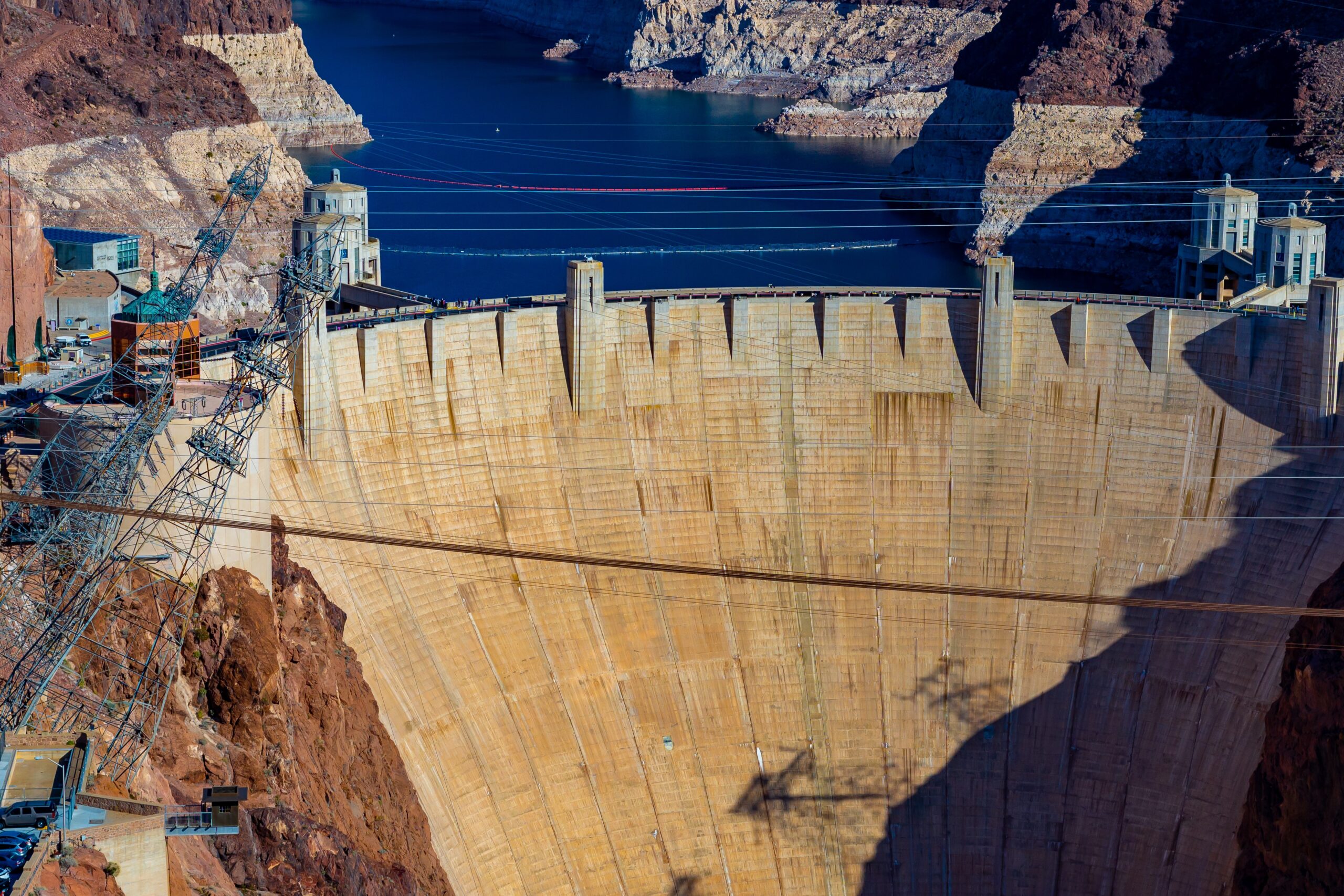
The environmental effect of hydro electricity is one of its key issues. Dam and reservoir building may have a substantial influence on the ecology, including the relocation of animals and the altering of river flows. Furthermore, hydro energy is dependent on water supplies, which can be impacted by climate change and droughts.
To address these issues, steps are being attempted to reduce the environmental effect of hydropower. Fish-friendly turbines, for example, are being developed to lessen the impact on fish populations. Furthermore, to lower the carbon footprint of hydro energy projects, sustainable techniques such as the utilization of recycled materials and the deployment of eco-friendly building processes are being implemented.
However, careful planning and management of hydro energy projects are required to ensure their long-term viability and limit their environmental effect. This entails completing rigorous environmental impact studies, interacting with local people and stakeholders, and adopting mitigation measures.
Finally, while hydro energy has the potential to supply a considerable quantity of renewable energy, it is not without limitations. We can assure the long-term sustainability of hydro energy and reduce its environmental effect by addressing these difficulties via the adoption of sustainable techniques and careful planning and management.
Conclusion: Hydro Energy as a Sustainable Power Source
Finally, the paper has emphasized the significance of hydro energy as a sustainable power source. The article’s main thesis is that hydro energy is a renewable energy source that emits no greenhouse emissions, making it an ecologically favorable alternative. Furthermore, hydro energy is a dependable and cost-effective source of energy that can power millions of people worldwide.
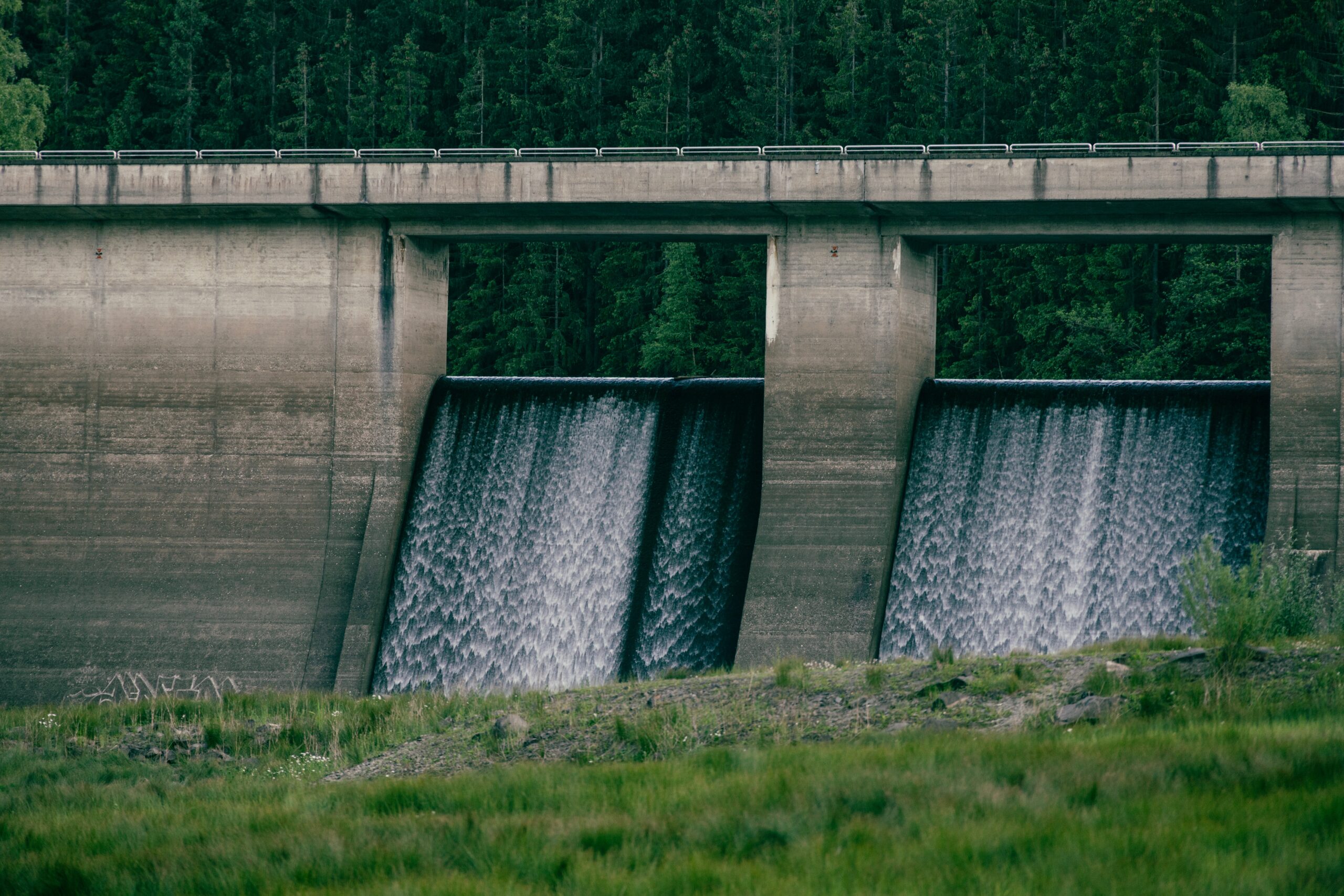
The importance of hydro energy in accelerating the global energy transition and reaching a carbon-free future cannot be emphasized. As the globe grapples with the repercussions of climate change, it is critical that we convert to renewable energy sources such as hydro electricity. This will not only help to minimize our carbon footprint, but will also ensure that we have a dependable and sustainable energy supply for future generations.
However, additional investment and study into hydro energy are required to fully fulfill its potential. Governments, private corporations, and other stakeholders must collaborate to speed up the transition to a greener, more sustainable society. This involves investing in R&D to increase the efficiency of hydro energy systems and investigating additional renewable energy sources such as wind and solar power.
To summarize, hydro energy is an important component of the global energy mix and has the potential to play an important role in attaining a carbon-neutral future. We can build a more sustainable environment for ourselves and future generations by investing in this sector and other renewable energy sources.


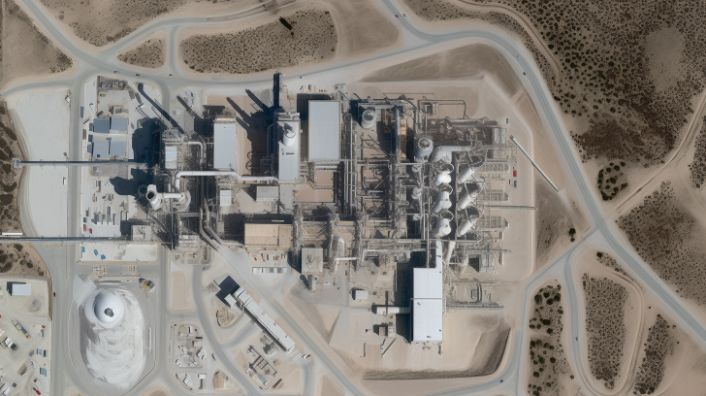
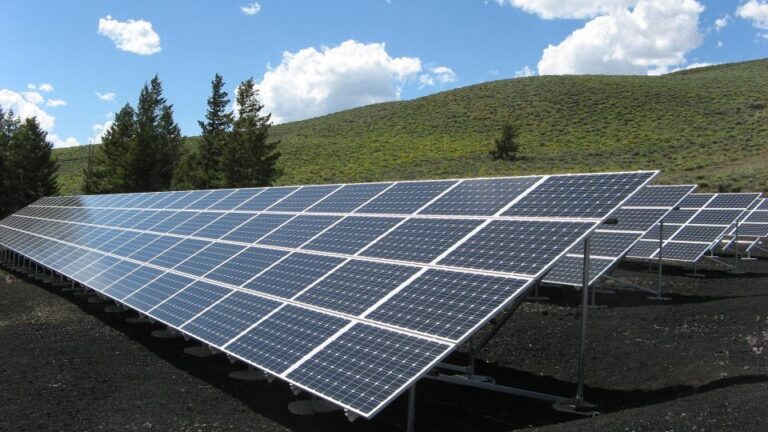
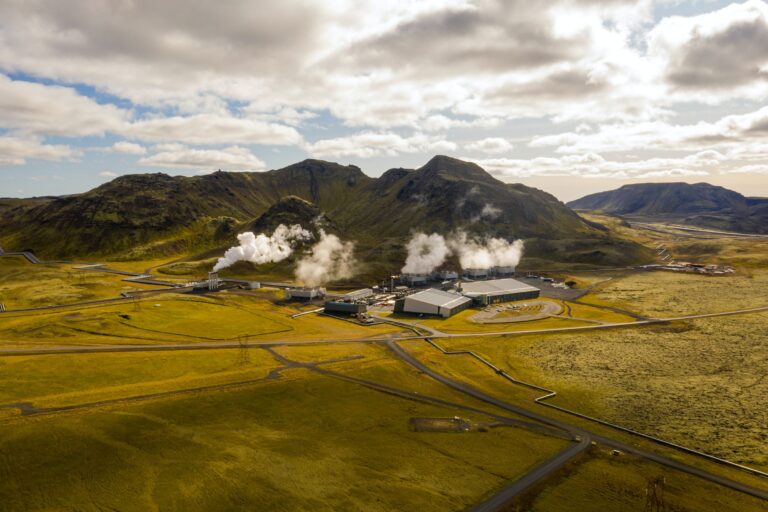
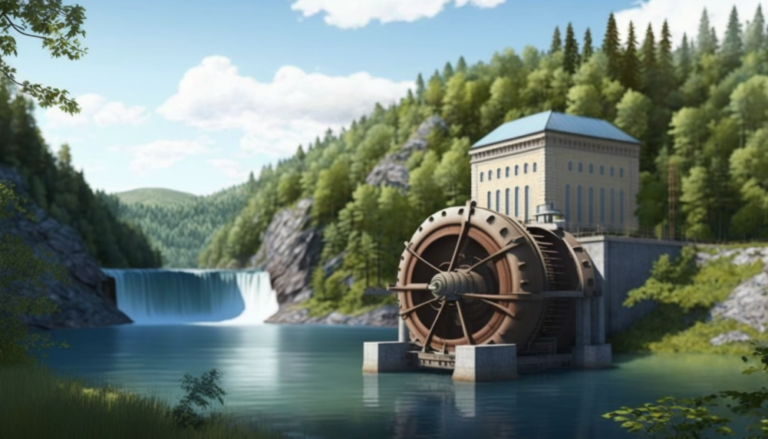
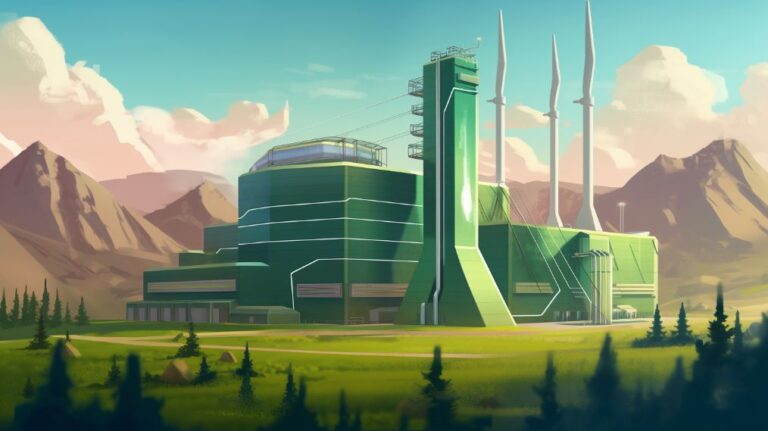
3 Comments